What are the Dead Sea Scrolls?
In the area of biblical and historical studies, the Dead Sea Scrolls are considered one of the greatest archaeological finds of all time. That is not an exaggeration. The documents were awaiting the day of their discovery in 11 caves near the Dead Sea site of Khirbet Qumran in Israel for 2000 years. Just recently (2017) the archaeologists found a 12th cave. Someone looted the cave and disturbed its contents sometime in the fifties. No scrolls were found in the 12th cave.
The Dead Sea Scrolls date between 250 B.C.E. and 68 C.E. The collection is some 800 Hebrew, Aramaic and Greek texts in tens of thousands of fragments. The Dead Sea Scrolls offer us three main types of literary works. First, there are portions of books of the Hebrew Bible. Second are texts of non-canonical Jewish books known to us from other collections. Third are other religious writings of more localized and sectarian nature. Most scholars contend that they describe the peculiar beliefs and practices of a group of Jews living in a settlement at Qumran. The very people who assembled the library and deposited into caves for safe-keeping.

The history of the Dead Sea Scrolls is quite enigmatic by itself. How the scrolls were found in the nineteen forties, how they were sold and resold, initially available to only a select few for study, and how they were eventually made available to the wider scholarly community. There are almost seven decades of controversy and intrigue associated with the Dead Sea Scrolls. Some of them were published early on in the fifties and sixties. Other scroll fragments remained unpublished for a long time which led to much speculation.
Originally the DSS fragments were photographed as they were discovered. In the nineties, Israelis and NASA used infrared photography to see what the human eye cannot. Finally, in 1991 all the scrolls were published and since then their images were digitized with the help of the Israel Museum and Google. Now, there are entire research institutes and academic departments in universities dedicated to the study of the Dead Sea Scrolls.
What is so important about the Dead Sea Scrolls?
First of all, these are often the oldest copies of canonical and extra-canonical books found in Qumran. Their age alone makes them extremely valuable for textual research. Manuscript studies help us arrive at best source texts. Scholars are able to reconstruct passages of biblical literature before they were edited by multiple generations of scribes. These ancient texts have the least textual corruptions, which can occur in the process of copying. The mere fact that the earliest biblical manuscripts of the Hebrew Bible are from the Dead Sea Scroll library should be enough. Still, the most significant treasures, beyond the texts themselves, are the unique descriptions of the life, worship, and beliefs of the Qumran Jews from the distant past. This information gives scholars a window into antiquity we have never seen before. What have we learned from the decades of scroll research?
A DSS scholar Lawrence H. Schiffman, Professor of Hebrew and Judaic Studies at New York University explains,”Disagreements about Jewish law were the main factors that separated Jewish groups and movements in Second Temple times. Yes, many theological differences also existed. These, however, were manifested most clearly in the differing opinions about Jewish practice and ritual. The impact of the scrolls on our understanding of the history of halakhah (Jewish law) has been enormous.”
The material found in the scrolls fills in many gaps in our knowledge of ancient Israel, giving scholars an ability to reconstruct the past more accurately. Being aware of the practices and beliefs of the Essenes and Qumranites changes our perception of the New Testament that followed that era. But there is still a considerable amount of disagreement and many theories behind the research fueled by the scrolls. The scroll continues to speak.


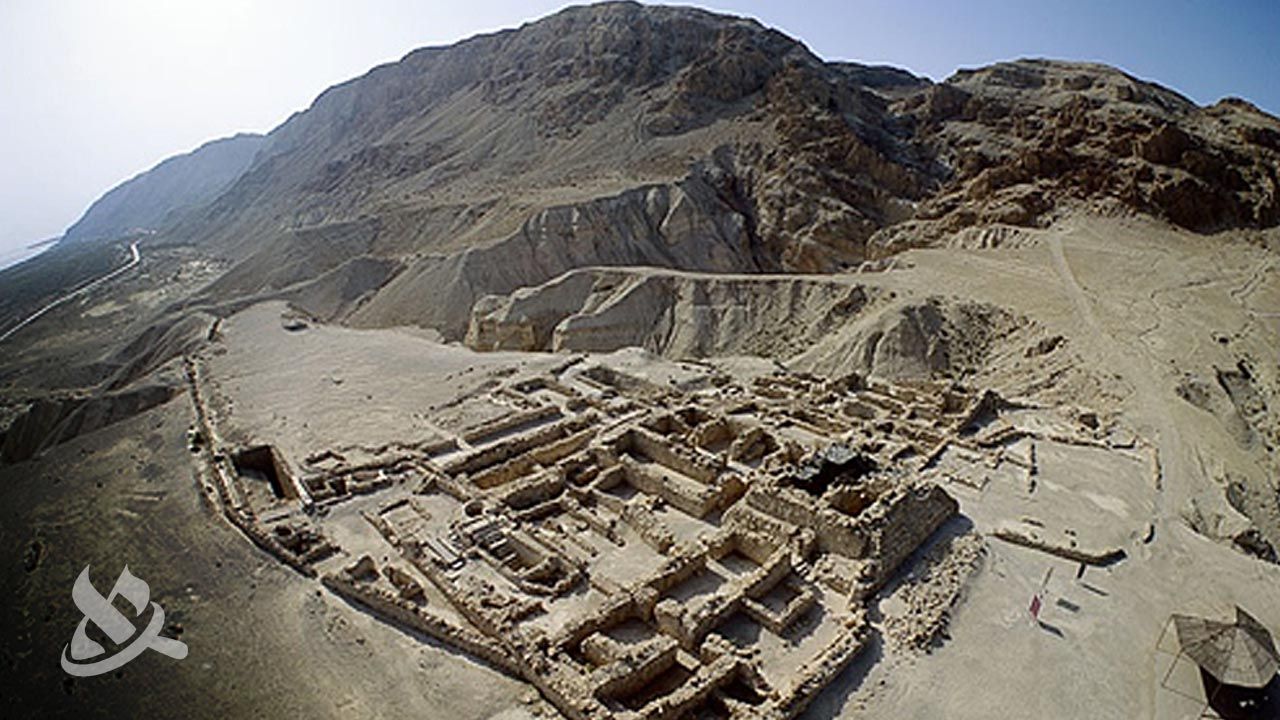



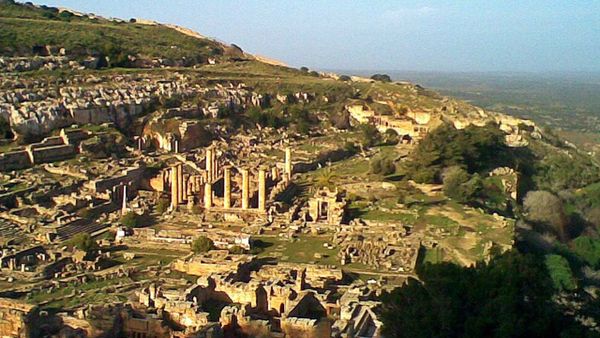

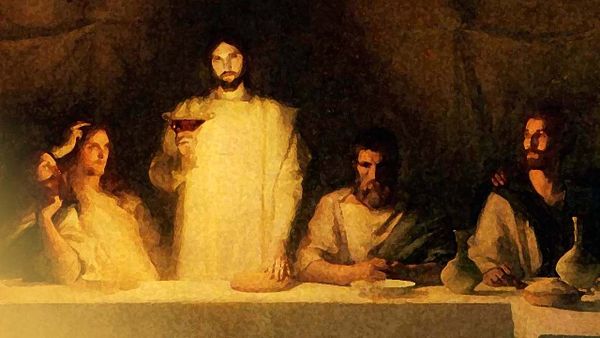
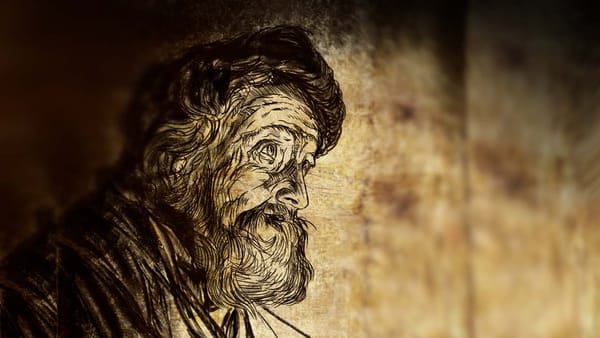
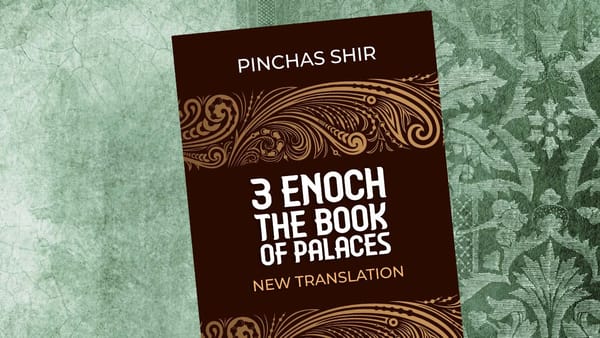
Member discussion